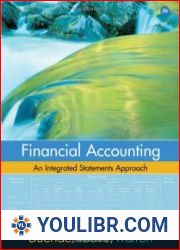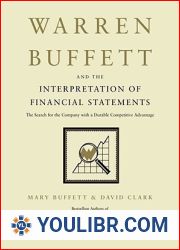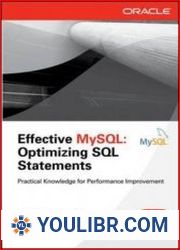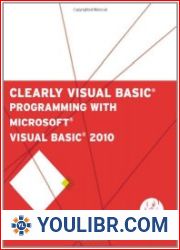
BOOKS - A Visual Guide to Financial Statements: Overview for Non-Financial Managers a...


US $5.69

567289

567289
A Visual Guide to Financial Statements: Overview for Non-Financial Managers and Investors
Author: Thomas R. Ittelson
Year: April 18, 2019
Format: PDF
File size: PDF 2.3 MB
Language: English
Year: April 18, 2019
Format: PDF
File size: PDF 2.3 MB
Language: English
A short and understandable introduction to financial reporting and analysis. A company's financial statements simply document the movement of cash and goods and services into and out of the enterprise. That is all financial statements are about. It is no more complicated. Everything else is details. Don't sweat the details. This 48-page, full color picture book provides an overview with no gobbledygook and confusing jargon. All necessary numeric structure is explained and all essential vocabulary is defined. No prior accounting knowledge required. Understanding financial reporting does not have to be difficult. You have learned all the math required to master financial statements by the end of the fourth grade - mostly addition and subtraction. However, you will need to learn and use specialized accounting vocabulary, which can be confusing. You will also need to understand the structure and appreciate the purpose of the three major numeric statements that describe a company's financial condition. Each paints a different, essential picture - the "three-legged stool" of company reporting. The Income Statement shows the manufacturing (or service offerings) and selling actions of the company that result in profit or loss during a period of time (called the "period"). The Income Statement gives a very important perspective on the company's performance - its profitability. The Cash Flow Statement details the movements of cash into and out of the company for the period. You need money to make money. Running out of cash is bad. Duh. The Balance Sheet records at the end of a period, what the company owns and what it owes, including the owners' stake called shareholders' equity. Financial statements are simply summaries and structured presentations of the various events (business transactions) that affect a company's financial performance. Business transactions are anything that transfers money to or from the company, or transfers goods and services. Transactions can also record future financial obligations that the company may assume, or also rights that the company is granted from others. If you can follow a recipe or apply for a loan, you can learn accounting. The basics are not difficult, and they are not rocket science. Just as a CPR class teaches you how to perform cardiac pulmonary resuscitation, this short book will explain how to read financial statements. It will not train you to be an accountant (just as a CPR course will not make you a cardiac doctor), but it should give you the confidence to be able to look at a set of financial statements and make sense of them. Buy this book!














































